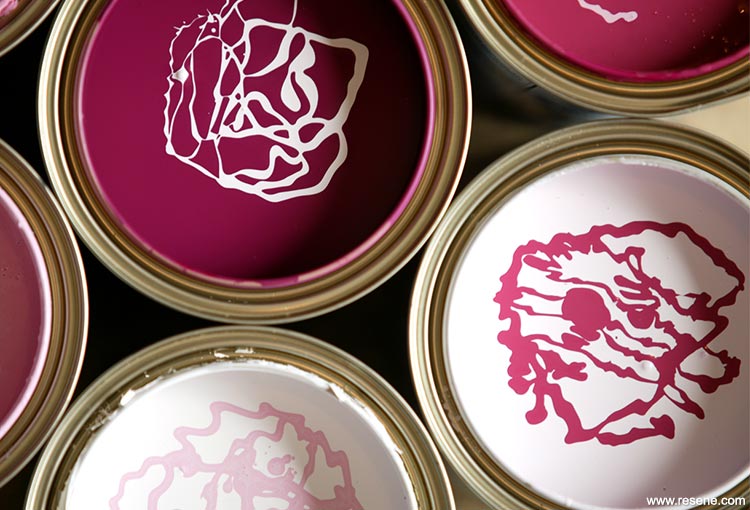From Habitat magazine - issue 01
Paint is ready colour in a pot. Pop it open, slap it on – end of story, right? Not necessarily. Because not all colours are created equal.
We all know how it works. You agonise over the colour charts and then settle on the ideal shade. You watch as the paint specialist measures the perfect combination of colour into the can and locks it into that frenetic mixing machine, where it shudders itself into the blend you were after.
But did you know that tinting is an art that has taken years to evolve? And that it is still fraught with issues that should at least be asked about when you buy your paint?
“Paint consists of a tone colour, which is then tinted with measured units of colourants, depending on the final required shade,” says Dianne Connell from Resene. “There are limits to how much tinter you can add to each tone. If you fall under that limit, you can affect the opacity of the paint and make it more difficult to get a good, even finish. If you go over the limit, you can interfere with its film-forming properties and therefore its longevity. You have to know the criteria and stick with them.”

Canned colour, clockwise from top left: Resene Royal Heath, Resene Hopbush ,Resene Amour, Resene Hint of Red.
The rule of thumb is that tinters affect paint durability, so the less tinter you use, the longer the colour will last. And, basically, colours are formulated to be tinted from certain tones. If you try to tint a colour from a tone it’s not designed for, while you might be able to get the correct shade, chances are you will have over-tinted it and it will fail faster. So, says Dianne, don’t try tinting a pastel tone to off-white – it may save you money today, but it will turn out a false economy when you have to repaint earlier than usual.
To complicate the matter further, each paint company uses different tinters to make up their colours. To capture the true essence of the colour you like, you really need to buy it tinted into the brand of paint it was developed for. You can also add depth of colour by using tinted undercoats beneath the topcoat, but the same criteria apply.
Paint quality also has a bearing on the tinting issue. High quality paints use more concentrated tinters, so the paint keeps its colour and integrity for longer. Good quality tinters provide good coverage too, so that you only usually need to apply two topcoats to get the shade you want, whereas it may take more coats of a lower grade paint to give you a true colour. Finally, high quality paints tend to have more complex colourways and will change subtly in changing lights.
Certain individual colours also tend to be less durable than others, due to the make-up of their colourants. Resene recently changed its tinters to more lasting formulations, says Dianne, but bright oranges, yellows and reds still tend to fade faster than other shades. The best colours for longevity are the earthier tones, which are made from oxide tinters.
“The only way to be sure is to go to a reputable paint company, and let the person who’s helping you know where and how the paint is going to be used,” says Dianne.
If you do get offered a significantly cheaper price for the same colour in another brand, it definitely pays to check out the difference – the cheaper option will almost certainly not last as long and therefore not represent the best value in the long-term. The most expensive part of a paint job, in terms of money and time, is the painting, not the paint itself. It makes sense, therefore, to invest in a high quality product at the start, get it tinted properly, and minimise maintenance and repainting further down the track.
Search habitat magazine stories
Printed copies of habitat highlights are available from late March 2024 at Resene ColorShops and resellers, while stocks last. You can view back issues of habitat magazine online.
Specifiers:
If you have an idea, project or story that you think would suit habitat, we’d love to hear from you. Please drop us an email with your details and include photos if submitting a project.
Sign up for a DIY card and Save! Australia | New Zealand